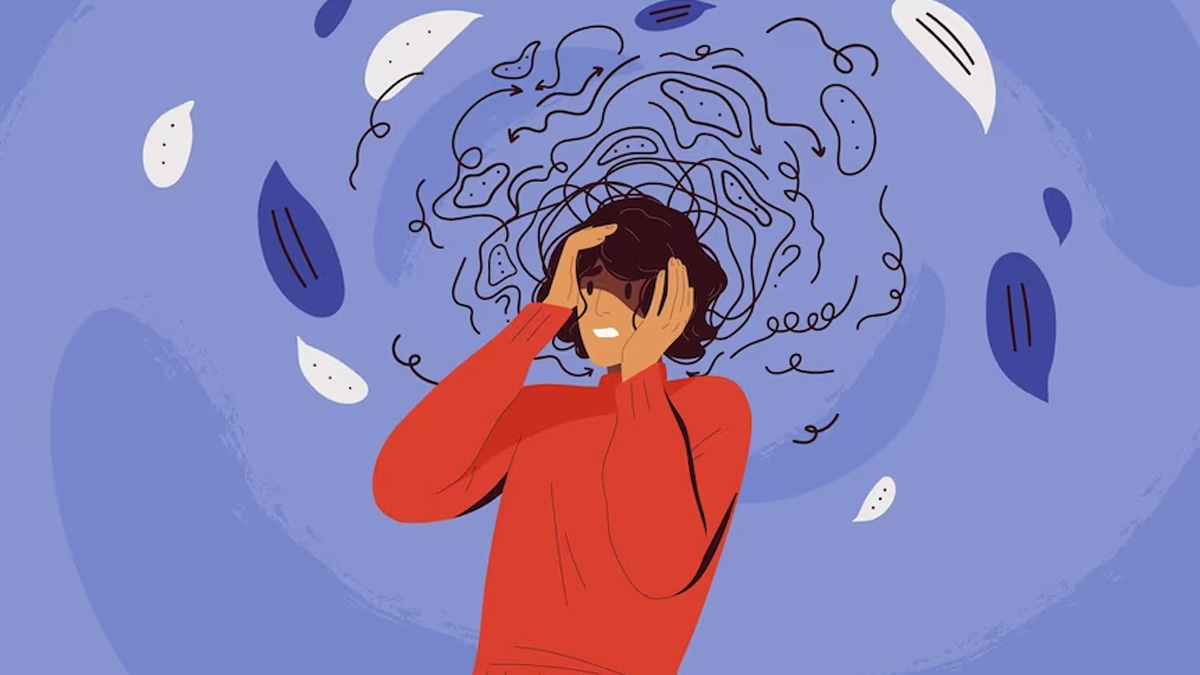
Panic attacks can be overwhelming and frightening experiences that affect millions of people worldwide. Characterised by sudden and intense feelings of fear, panic attacks can manifest with symptoms such as rapid heartbeat, sweating, trembling, shortness of breath, chest pain, and a sense of impending doom. While panic attacks can be distressing, there are effective coping strategies that can help manage and alleviate symptoms. Here are some things to do if you are having a panic attack:
Table of Content:-
Practice Deep Breathing
Deep breathing exercises can help calm the body's stress response and regulate breathing patterns during a panic attack. Focus on taking slow, deep breaths in through your nose, allowing your abdomen to expand, and exhaling slowly through your mouth. Repeat this process several times until you feel more relaxed and grounded.
Grounding Techniques
Grounding techniques can help anchor you in the present moment and reduce feelings of disconnection or dissociation during a panic attack. Try focusing on your immediate surroundings by describing objects in detail or engaging your senses by touching various textures, listening to soothing sounds, or smelling calming scents.

Challenge Negative Thoughts
Panic attacks are often accompanied by intrusive and irrational thoughts that exacerbate feelings of anxiety and fear. Challenge these negative thoughts by questioning their validity and reframing them with more rational and balanced perspectives. Remind yourself that panic attacks are temporary and that you have the strength to overcome them.
Progressive Muscle Relaxation
Progressive muscle relaxation involves systematically tensing and then relaxing different muscle groups in the body to release physical tension and promote relaxation. Start by tensing your muscles tightly for a few seconds, then slowly releasing the tension while focusing on the sensation of relaxation. Move through each muscle group, from your toes to your head, until you feel a sense of calmness and relaxation.
Also Read: How To Help A Person Through A Panic Attack: Things To Say And Avoid

Utilise Self-Soothing Techniques
Engage in activities that promote self-soothing and comfort during a panic attack. This could include listening to calming music, practising mindfulness or meditation, taking a warm bath, cuddling with a pet, or enjoying a soothing cup of herbal tea. Find activities that bring you comfort and solace and incorporate them into your coping routine.
Seek Support
Reach out to a trusted friend, family member, or mental health professional for support and guidance during a panic attack. Talking to someone you trust can provide reassurance, perspective, and encouragement during difficult moments. If you're experiencing frequent or severe panic attacks, consider seeking professional help to explore therapeutic interventions and develop coping strategies tailored to your needs.
Also Read: What Exactly Does A Panic Attack Feel Like: How Is It Different From An Anxiety Attack?
While panic attacks can be distressing, it's essential to remember that they are manageable, and you are not alone in your struggles. By implementing these coping strategies and seeking support when needed, you can effectively navigate through panic attacks and regain a sense of control and empowerment over your mental health. Remember to prioritize self-care and be gentle with yourself as you navigate your journey towards healing and resilience.
Also watch this video
How we keep this article up to date:
We work with experts and keep a close eye on the latest in health and wellness. Whenever there is a new research or helpful information, we update our articles with accurate and useful advice.
Current Version